Solar Panel Cleaning Maintenance Tips
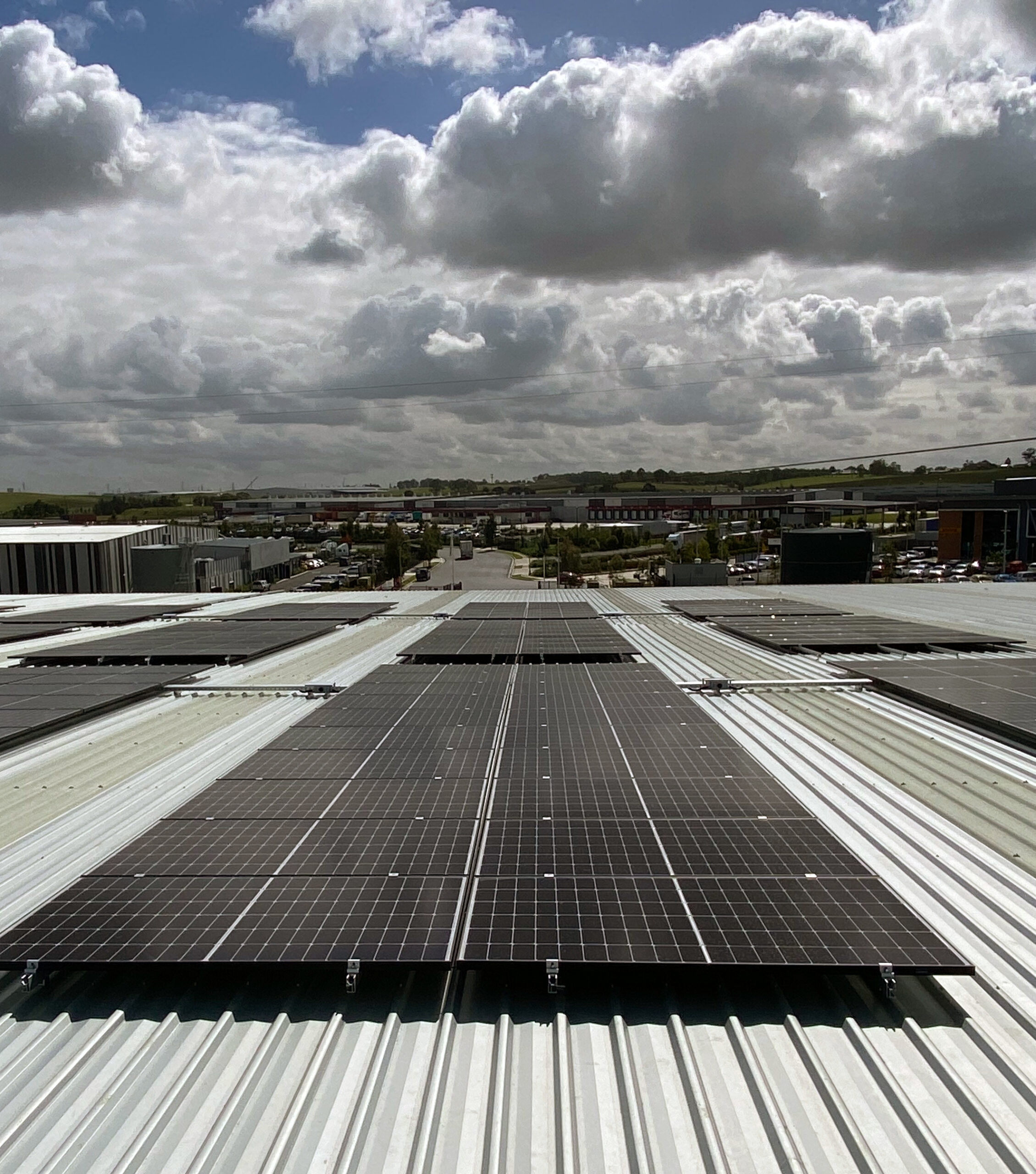
Solar photovoltaic (PV) energy is one of the greatest potential energy sources at a global level. Its ease of installation and use, resource availability and continuous cost reduction makes it a competitive solution. It is expected that by 2050, solar PV will supply more than 20% of the global energy demands (according to IEA). As with any other electrical equipment, solar PV panels must receive adequate maintenance to ensure longevity, to safeguard the site from any arising risks e.g., electrical fires, and to operate at their highest performance. Within the standard maintenance scopes, solar panel cleaning can be very important. It is often critically used to ensure that the full capacity of the solar panel is utilised, as well as identify any obvious obstructions, shading, debris build-up, or bird soiling that may also affect performance.
In this article, we will focus on answering everything you need to know about solar panel cleaning. We’ll start by looking at why solar panel cleaning is important, learn a bit about what some of the most renowned manufacturers recommend, and finally a glimpse at the latest trends for solar module cleaning.
1. The Importance of Solar Panel Cleaning
As simple as it might sound, solar panel cleaning is a critical maintenance activity that solar PV owners must take into account. The purpose is to ensure that as much sunlight as possible is reaching the PV panels and being transformed into electricity.
Solar panel cleaning, in many cases in conjunction with bird proofing, is necessary due to soiling, which is the accumulation of debris on top of the panels. This accumulation blocks, scatters and reflects incident light and reduces power output, leading to declining performance. Soiling is produced by dust, exhaust, dirt, bird droppings, lichen, snow, and leaves to name a few.
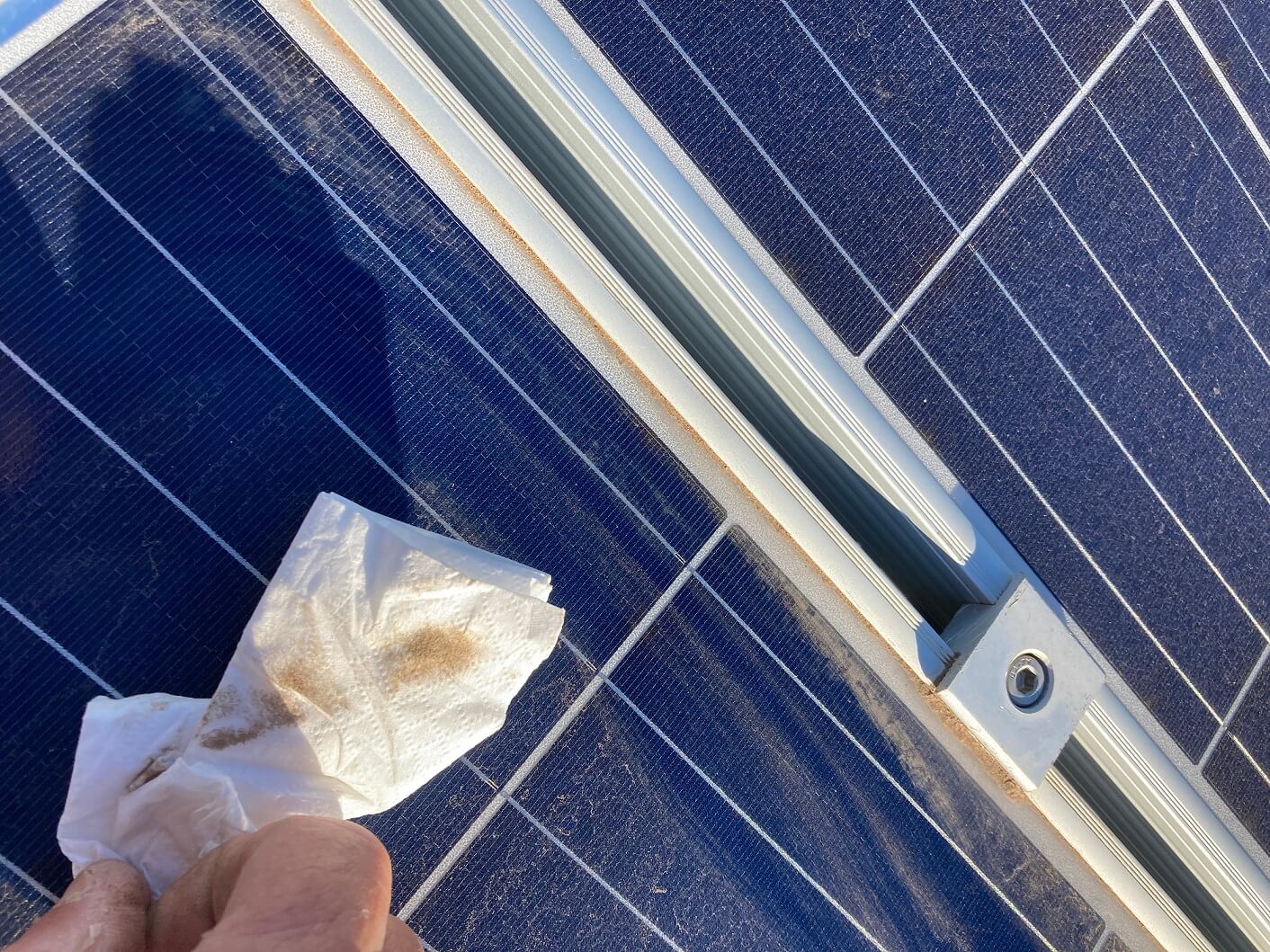
According to the National Renewable Energy Laboratory (NREL), an underperforming solar PV system with moderate soiling conditions can reduce generation by 15% to 305. In worst cases, where cementing occurs (a mix of dust and water), power output can even be reduced close to zero for the panels it covers.
It is important that solar PV plants maximise energy generation, as this is related to the payback of the electricity generation system. As an example, the Department of Climate Change, Energy, the Environment and Water of the Australian Government estimates that the cost of a home solar PV system starts at around $3500, with a payback period of about 3 to 5 years. A solar PV installation with soiling can considerably increase its payback time by many years, making it a less attractive investment.
For solar panel cleaning, an effective solution must take these key points into consideration:
– The design and geographic location of the system.
– The materials and methods for cleaning the photovoltaic panels and
– The frequency of cleaning.
Analysis should be undertaken in conjunction with your operation and maintenance provider to ensure the consideration of the above factors, and equally as important, to avoid any unnecessary cleaning where material improvements in the efficiency of the photovoltaic panels may not result.
2. Solar Panel Cleaning Solutions and Recommendations by Manufacturers
According to the current information, the most recent and common solar panel cleaning systems designed and manufactured to overcome problems associated with soiling can be classified into two groups: i) active and ii) passive.
Active systems require power input for self-cleaning methods, such as electrostatic and mechanical methods. However, in passive systems, there is no need for power input, such as the coating method.
Reviewing the manufacturer’s take on the topic, we can see that there is a general consensus on the recommendation of solar panel cleaning. Manufacturers often propose similar techniques that will ensure efficient removal of soiling, whilst taking care of the solar panel structure and preventing the generation of hot spots.
We will take a look at some of the recommended techniques by renowned manufacturers such as Jinko Solar, Trina Solar, JA Solar, and Canadian Solar. Their detailed recommendations can be seen by clicking each manufacturer’s name.
- As a rule of thumb, solar panel cleaning is often undertaken at least once a year. However, as soiling can vary from site to site, this frequency can be adjusted for a specific system after a proper assessment.
- Solar panel cleaning should not be undertaken when the panels are hot. It is important to consider that the water used is neither hot nor very cold as this could cause damage to the panels.
- High-pressure washing systems should be avoided, as they can cause strain and damage to the solar panels.
- Common cleaning tools include industry-approved sponges, hoses, brushes, and robots with sector nozzles for jetting water.
- Acid or alkaline solvents must not be used under any circumstances.
- The usage of hard tools for scraping dirt must be avoided.
- Special attention has to be paid to bird droppings, as they usually require more effort to be cleaned, and can cause hot spot effects on the panel if not properly taken care of. If this is the case, bird proofing should be considered to mitigate bird nesting under and around the panels themselves.
After cleaning, the panels should be inspected to ensured that each one of them is clean, and free of stains. It is important to check if there are any remaining dirt remnants and that the modules have not been scratched or cracked during cleaning.
It is important to note that despite popular belief, rain can, in fact, make soiling on panels worse by beading and cementing the dust, grime and dirt on the glass surface. Tilted panels do help with accumulation around the panel edges, but just like a car, rain is not an effective method of solar panel cleaning.
3. Latest Trends Towards Solar Panel Cleaning Improvement
A variety of solar panel cleaning techniques have been recently developed, including improvements to the traditional method of cleaning dust from photovoltaic installations through brushes, coating processes, and robotic cleaning devices.
Among the novel and most studied methods for solar panel cleaning are robots, heliotex, electrostatic, coating cleaning, vibration cleaning, and forced air cleaning.
- Brush cleaning is one of the most common and effective methods for cleaning PV panels. The latest developments use a robot to control the brush. Water may or may not be used while brushing is performed.
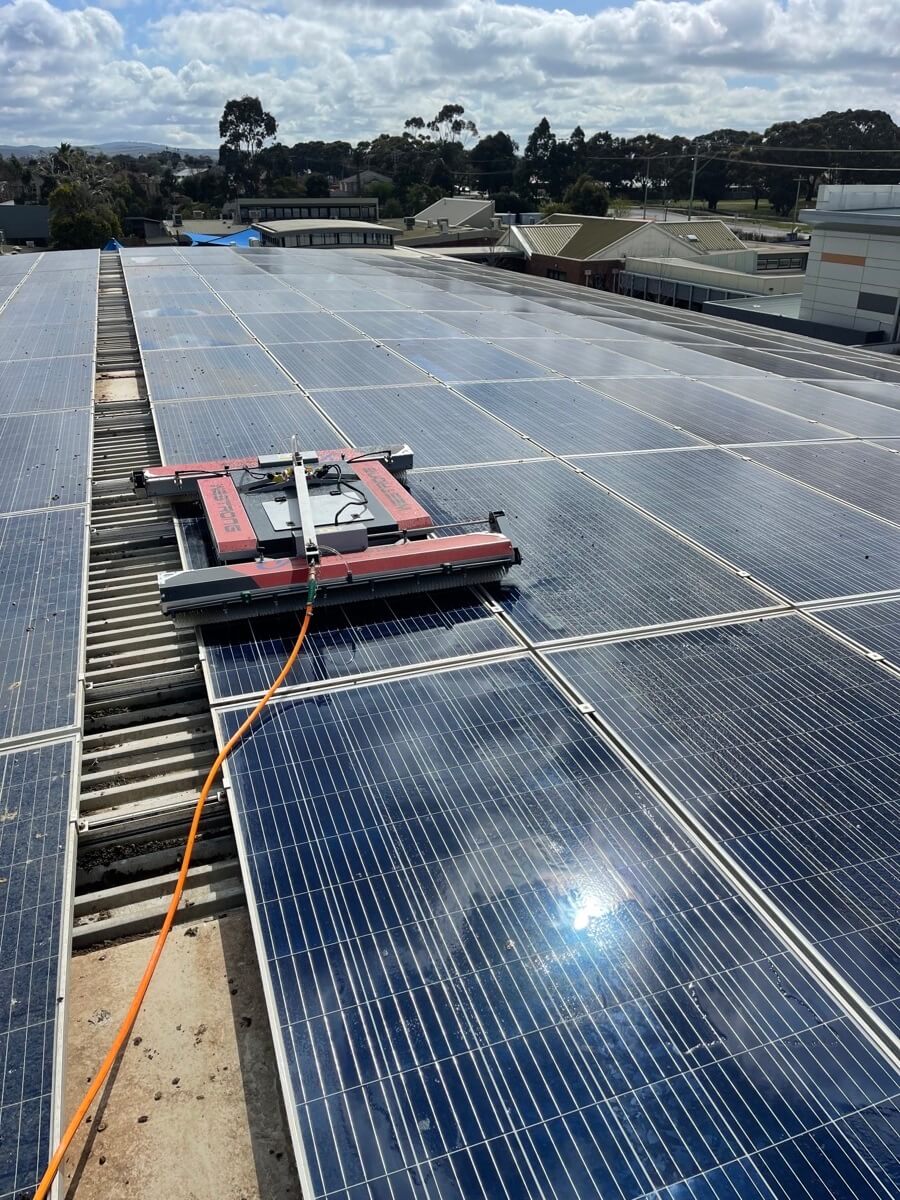
- Heliotex cleaning system consists of sprinklers installed at various points in the solar plant to spray water onto the solar panel surfaces.
- Electrostatic cleaning is a method that has gained a lot of popularity as of late. It consists of the application of electrostatic systems on dirty and mainly dry panels. The solar panels are covered with a transparent surface or sheet of electrostatic charge material, then when high AC voltage is applied to the electrostatic sheet, the force acts on the dust to shake off from the solar panel’s surface.
- The coating method is to use a component that covers the solar panels either through a liquid, solid or gas that repels the deposition of dust or dirt on them. Hydrophilic film and hydrophobic film are the two methods of coating cleaning.
- The vibration cleaning method uses a mechanical vibrator attached to the panel to produce a harmonic excitation force. The vibration is used to break the adhesion force of dust.
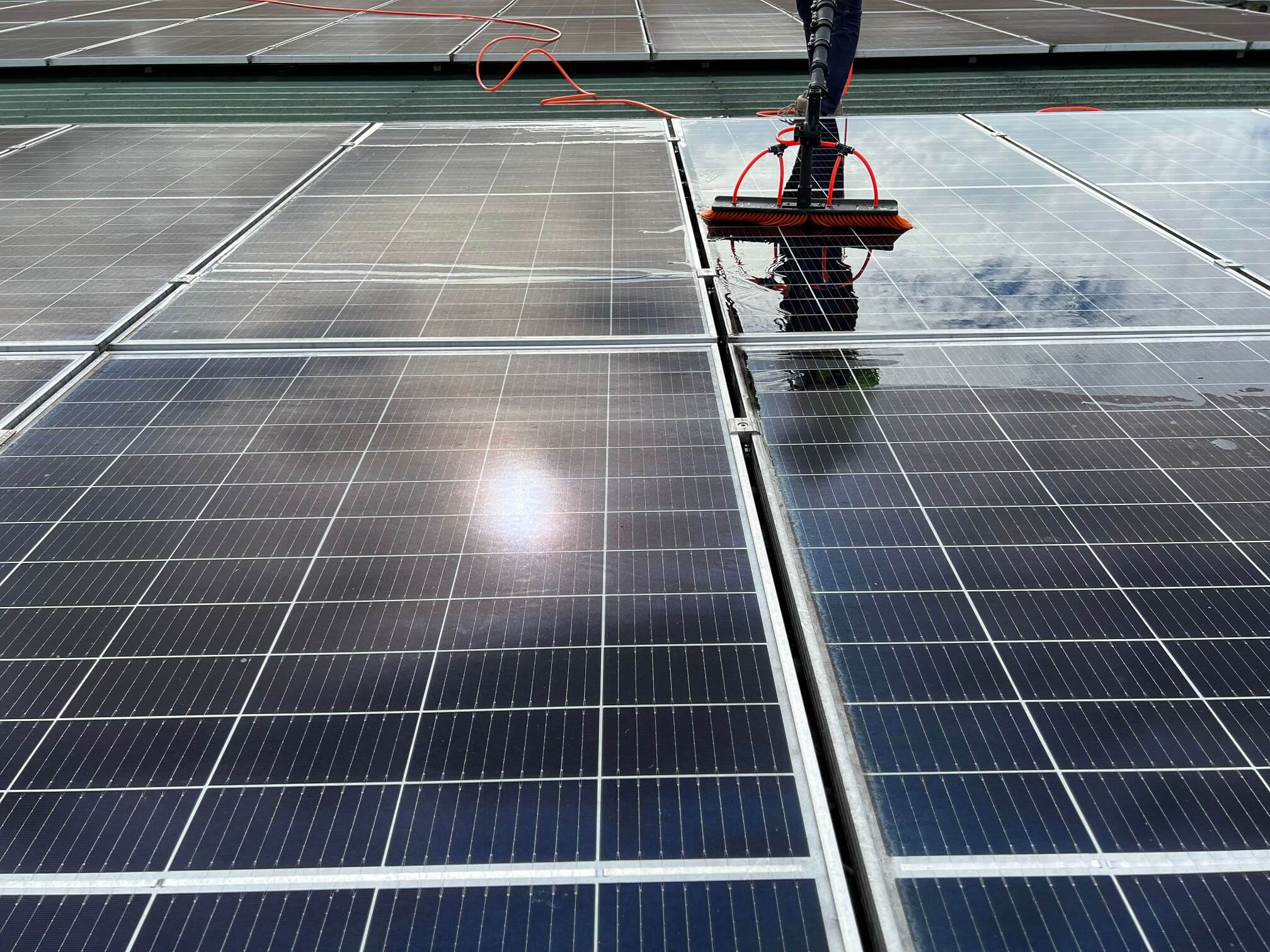
- A forced air cleaning system consists of the usage of a blower to force air through the panels, which helps to remove dirt, dust, and other causes of soiling.
The pros and cons of each method are presented below:
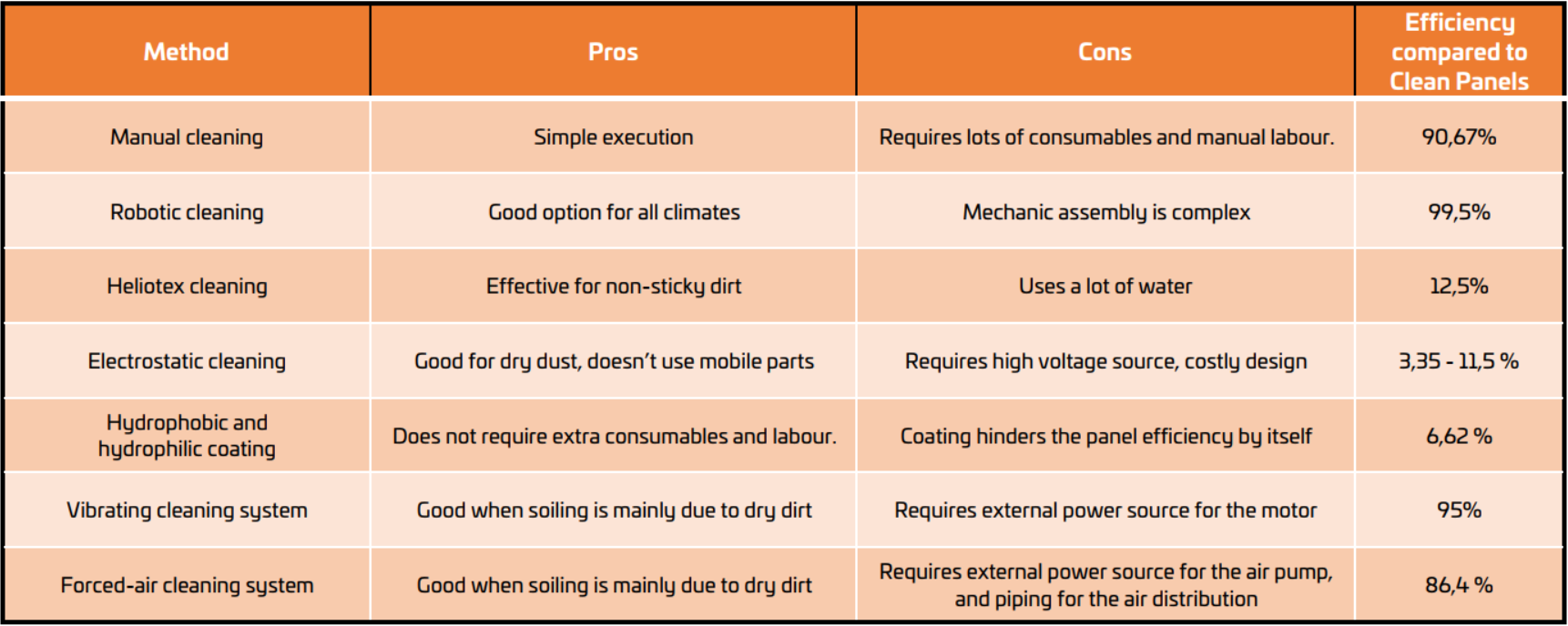
4. Final Thoughts
As we can see, solar panel cleaning is an essential part of generation systems through photovoltaic panels, similar to what we discussed about Solar Inverters Maintenance in our previous article. To avoid falling into unnecessary cleaning of the photovoltaic panels, the production or decay of the generation of the solar plants must be monitored. Likewise, cleaning the solar panels promotes the longevity of the solar panels.
Of all the cleaning technologies mentioned in this article, panel brushing is the most widely supported method of cleaning recommend by most solar panel manufacturers. This can be done mechanically with or without water, through brooms, specially designed remote-controlled robots or tractors.
However, novel solar panel cleaning methods such as electrostatic cleaning and coating technologies are gaining acceptance among solar plant maintenance companies, as they have the potential to considerably reduce operation and maintenance costs for solar power at scale. In these instances, considerable investment must be made where tens and hundreds of thousands of panels need to be considered.
Latest Reviews
True… My system performance dropped by 40% just because of soiling and bird activities on modules… seagulls nested beneath the arrays so we had to do bird-proofing the site prior to cleaning modules but it worth the effort and money we put on it.
Your Feedback